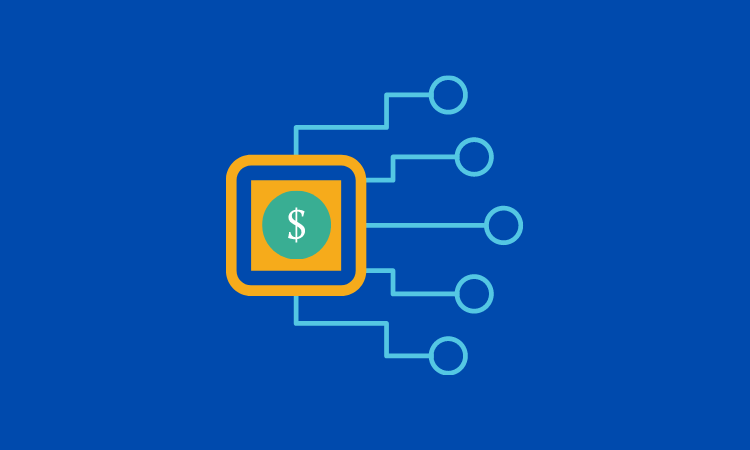Blockchain and Crypto
Could a U.S. CBDC undermine the existing financial infrastructure?
- The Fed is preparing to launch a U.S. CBDC system that could bring major changes to America's financial ecosystem.
- There seems to be a lack of consensus on how long it would take to implement, and how it would impact the current financial infrastructure.








